In today’s blog, I'm delving into the world of hypnobirthing breathing techniques. When it comes to teaching hypnobirthing, one question often arises: why the focus on breathing? After all, breathing is something we all instinctively know how to do, right?
Well, while it's true that we're born with the ability to breathe, there are breathing techniques you can learn that can be incredibly useful during pregnancy and birth. It's not just about inhaling and exhaling; it's about harnessing the power of breath to induce deep relaxation to have a calm, confident birth. It's also about conditioning, through hypnosis, a trigger that activates your unconscious to recognise when you need to. This creates deep relaxation in your body through breathing and is part of a selection of hypnosis tools called suggestive relaxation.
I'm going to talk you through some of the different breathing techniques you might come across on hypnobirthing courses. While they vary in complexity, they share a common goal: triggering deep relaxation. This helps oxytocin to flow, which helps keep your contractions moving, and endorphins high which reduces pain.
The 321 relax relax relax as a breathing technique
The sheer variety of breathing techniques can be overwhelming. I personally just teach one breathing technique that has a really effective relaxation trigger because I don't want people to get confused. It’s called the ‘3-2-1, Relax, Relax, Relax’ technique. All you need to do is inhale gently while counting 3, 2, 1 and exhale to a longer out breath while repeating ‘relax, relax, relax’. With practice you can use this technique to effortlessly enter a state of deep relaxation. This technique also helps you build a comfortable rhythm to your breathing that can carry you through your contractions.
The ‘3-2-1, Relax, Relax, Relax’, breathing technique is a lengthening breath, where your out breath is longer than the in breath. This is known to activate what's known as your soothing system which is the system you want to be in when you're giving birth.
The 321 relax relax as a hypnotic suggestive relaxation technique.
It's can also be a hypnotic trigger. It wouldn't be hypnobirthing if you were just being taught a breath. This means that when you practice it on a regular basis somewhere you associate with calm, or with a shorter conditioning track (5 mins) you create an association between the words 321 relax relax relax and deep muscular relaxation. The more you practice it the deeper and more automatic this connection becomes. It's so effective and so subtle that sometimes you aren't even consciously aware of it happening! You just need to trust this well evidenced psychological tool.
It not only calms the mind but also provides a sense of stability and control during labour. Through consistent practice, you can cultivate a profound connection between breath, relaxation, and self-hypnosis, helping you to navigate birth with calm confidence.
On my course for example, I have a three-minute hypnosis track that you can play every day and do your breathing with that track. After a week of doing that, all it takes is to hear the words, ‘3, 2, 1, relax, relax, relax’, and you will fall into a light state of self-hypnosis where you can use other hypnobirthing techniques such as the ‘Control Room’ visualisation for pain management.
Breathing in through your nose and out through your mouth?
People often ask me questions like, ‘Should I breathe in through my nose and out through my mouth?’ Some women can't breathe in through their nose when they're pregnant. So, for me, when you're giving birth, you should breathe in a way that makes you feel comfortable.
Sleep, Surge and J breaths.
There are other breathing techniques you may come across in different hypnobirthing such as the ‘sleep breath’. Sleep breathing is another form of lengthening breath where you make sure that your out breath is longer than your in breath. You may also hear the term ‘surge breathing’, which can be used during a contraction wave. This involves breathing into five and out to five. It is a simple technique with a good rhythm.
The ‘J’ breath is another breathing technique that is sometimes taught for the second stage of labour when your baby is coming down. It involves taking a deep breath in and breathing down: imagine the breath is like a ‘J’ breathing your baby out of your vagina. This type of breathing is believed to support the natural peristaltic movement in the walls of your vagina to expand gently.
At the end of the day, do what makes you comfortable
As you embark on your hypnobirthing adventure, remember that simplicity is your ally. The most important thing about breath is that you find a rhythm - that rhythm will guide you through. Alongside that, mastering a few techniques and integrating them with the power of hypnosis, you can unlock an even bigger inner world of relaxation So, breathe deeply, trust in your body's innate wisdom, and embrace the transformative journey of hypnobirthing.
Thank you for reading this blog post. If you found it insightful, don't forget to sign up to my email newsletter for access to free audio tracks, hypnotherapy resources and special offers.
If you have any questions about hypnobirthing register for my free hypnobirthing session on 9 April, 7pm (UTC) or listen to Hypnobirthing: Twenty questions wherever you get your podcasts.
You can follow me on YouTube and Instagram @MindfulHypnobirthingBook for more content.
Stay connected with news and updates!
Join my mailing list to receive the latest news and updates.
Don't worry, your information will not be shared.
I hate SPAM. I will never sell your information, for any reason.


